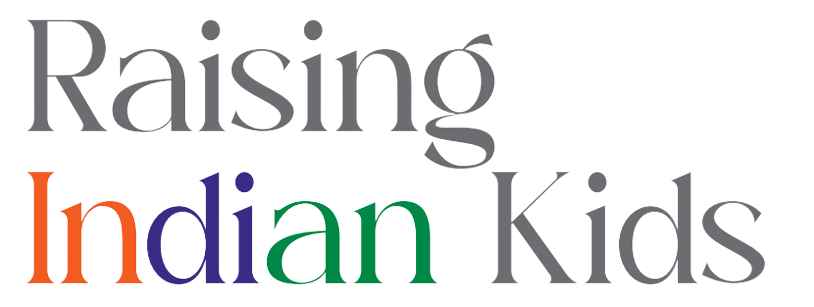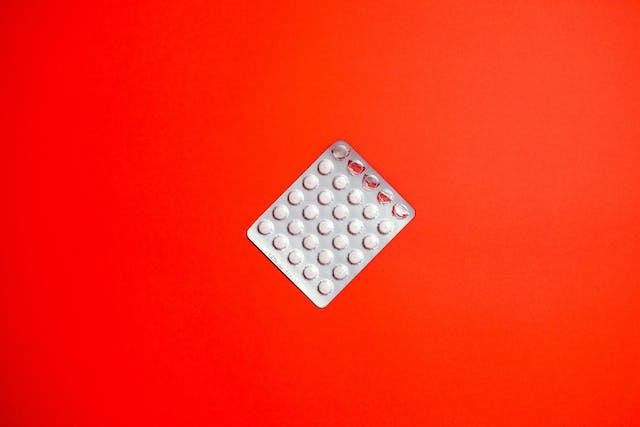This might be the scariest- and most important- article you’ll ever read. Antimicrobial resistance (also called antibiotic resistance) is when bacteria become resistant to all, or some, antibiotics. It is a problem because it means that minor infections will be unable to be treated and will continue to worsen until they result in death.
A local doctor in India reported that they are treating tuberculosis and other illnesses that have become antibiotic resistant. For medical professionals, it is heartbreaking to watch a young child unable to breathe as they try antibiotic, after antibiotic, after antibiotic. The bacteria are resistant to all of them, and they have no option other than to watch the child die. There is no cure.
And, India’s practices mean that we have the highest rates of antibiotic resistance, and antibiotic abuse, in the world.
India’s poor usage of antibiotics currently:
· Kills 700,000 people a year, including 60,000 newborns
· Fish, shellfish, chicken, and water all have high rates of antibiotic resistant bacteria too. If you eat this milk, chicken, fish, or shellfish, you could develop antibiotic resistance despite you having never taken those antibiotics
Future problems anticipated include:
· 10 million people dying per year worldwide
· A 2-3.5% drop in GDP by 2050
· Livestock numbers to fall by 3-8% as they too become resistant to antibiotics
What Causes Antibiotic Resistance?
Antibiotic resistance is due to multiple problems. Ultimately, it’s when bacteria change over time and develop strategies so that antibiotics won’t kill them. Then, they become superbugs that are unable to be killed. This antibiotic resistance is caused by:
· The wrong antibiotic being prescribed, usually a broad spectrum high-end one. Think of antibiotics being a key, and bacteria being a lock. You need the right key for that lock; prescribing the wrong one simply won’t fix the problem.
· Antibiotics being prescribed or taken when there’s no bacterial infection. Bacteria and viruses are two very different types of organisms, and antibiotics will do nothing to help a viral infection. Imagine that you’re using a key to open a lock that is pin code activated; they are two completely different things.
· A course of antibiotics not being finished as prescribed. This simply teaches the bacteria how to evade death, giving them more tricks and making them stronger.
· Over-use of antibiotics in farming animals (done so because it results in bigger animals and more profit)
· Factors such as poverty, illiteracy, overcrowding and malnutrition that further compound the situation
· There have been no more antibiotics found since the 1980’s, and options for treatment are becoming increasingly limited. (For those interested, there are phages, which are kind of viruses which can be used to kill bacteria, but the science is a long way from being reliable and foolproof).
In India, the problem is the worst in the world because the prescribing, taking, and use of antibiotics is almost completely unregulated. Doctors appear to prescribe antibiotics for no reason, even against good medical practice. This is medical negligence. India has the highest rate of human antibiotic use in the world.
And this is because Indians demand it. They want to take something to make them feel better, and antibiotics are an easy solution- albeit the wrong one. They demand their doctor to give them something and then if the doctor stands firm, advising antibiotics do nothing for a viral infection, the patient will go find a doctor who will prescribe them what they want. And worst case, the patient just goes down to the pharmacy, tells them what they want, or maybe just goes home and pops a couple of antibiotic pills they have leftover from some other illness.
Antibiotics do nothing unless you have a bacterial infection. In fact, they can cause you harm. Antibiotics kill all bacteria, including the good ones. This destroys gut health, and can make individuals very ill. This includes diarrhoea, nausea, pain, vomiting, and can even trigger life-long illnesses like irritable bowel syndrome. Also, because all the bacteria have been killed, this can result in yeast infections.
Antibiotics as Part of a Cycle of Health
A big part of the problem is that people will go to a doctor with typical complaints such as a runny nose, a cough due to ‘weather change’, diarrhoea, or viral fevers. They will be prescribed, or take, antibiotics. Then, one of two things will happen.
One, is that the self-limiting virus was nearing the end of the illness anyway, and it resolves. The person says oh look, the antibiotics work! Even though the antibiotics had nothing to do with the sickness going away. So, they wrongly correlate wellness with taking antibiotics.
The other typical course of action is that the sick person starts taking antibiotics. They don’t work as desired, so they switch to homoeopathy. When that doesn’t work, they try Ayurveda. Eventually, long after the effectiveness of the antibiotics is over, they return to the antibiotics. In the interim, the bacteria have figured out how to fight off that antibiotics and they can’t be killed.
Farming, Manufacturing, and Antibiotics in India
India is the leading country for manufacturing and using poor quality, counterfeit antibiotics. Up to 39% of drugs tested were found to be substandard. What happens is that about half of the antibiotic is not digested and is expelled from the body via urination and faeces.
India is also one of largest suppliers of genuine pharmaceuticals in the world. Unfortunately, poor environmental practices by these manufacturers means that up to several kilograms of antibiotics are being released into waste water each day.
These waste products seep into the surrounding soil and water and can be consumed by people and animals.
Should You Take Prophylactic Antibiotics?
It’s common in India that people are prescribed antibiotics after surgery, regardless of infection. This is due to the belief in poor sanitation, and the higher risk of infection which is present after surgery or childbirth.
While this practice continues, a large study in India showed that about half the patients were prescribed the incorrect antibiotics. Another study showed only 2.53% of patients were given an appropriate antibiotic.
What Do You Need To Do?
This is not easy to answer. But you can take action now.
- Don’t take antibiotics unless you have a bacterial infection and a doctor correctly prescribes them to you.
2. Finish the course of antibiotics as prescribed.
3. You are allowed to question your doctor: Why are you prescribing antibiotics? Do I have a bacterial infection? Should you do a swab first to find out the type of bacteria to make sure you’re prescribing the right one?
4. Question your family who eat antibiotics without prescription or need.
5. If you can afford it, buy antibiotic free meat and milk.
6. Let your immune system do the work. Yes, you feel terrible, but your body is designed for this. Take rest and kashaya, and let your immune system get a workout.
The other steps involve regulators, governments and farmers, and are beyond an individual’s scope of control. These measure include things like the government stopping illegal manufacture of pharmaceuticals, and stricter environmental controls on waste from factories. There also needs to be legislation around the use of antibiotics in farming, and support for farmers to convert to ‘clean’ practices. The government and various official bodies are beginning to act, but everything takes time to plan and enact.
The Time to Act Is Now
Antibiotic resistance could mean that in the future, a simple scratch becomes a death sentence. You can help ensure the future is safe for your children. Say no to antibiotics unless they are needed, prescribed, and appropriate.

